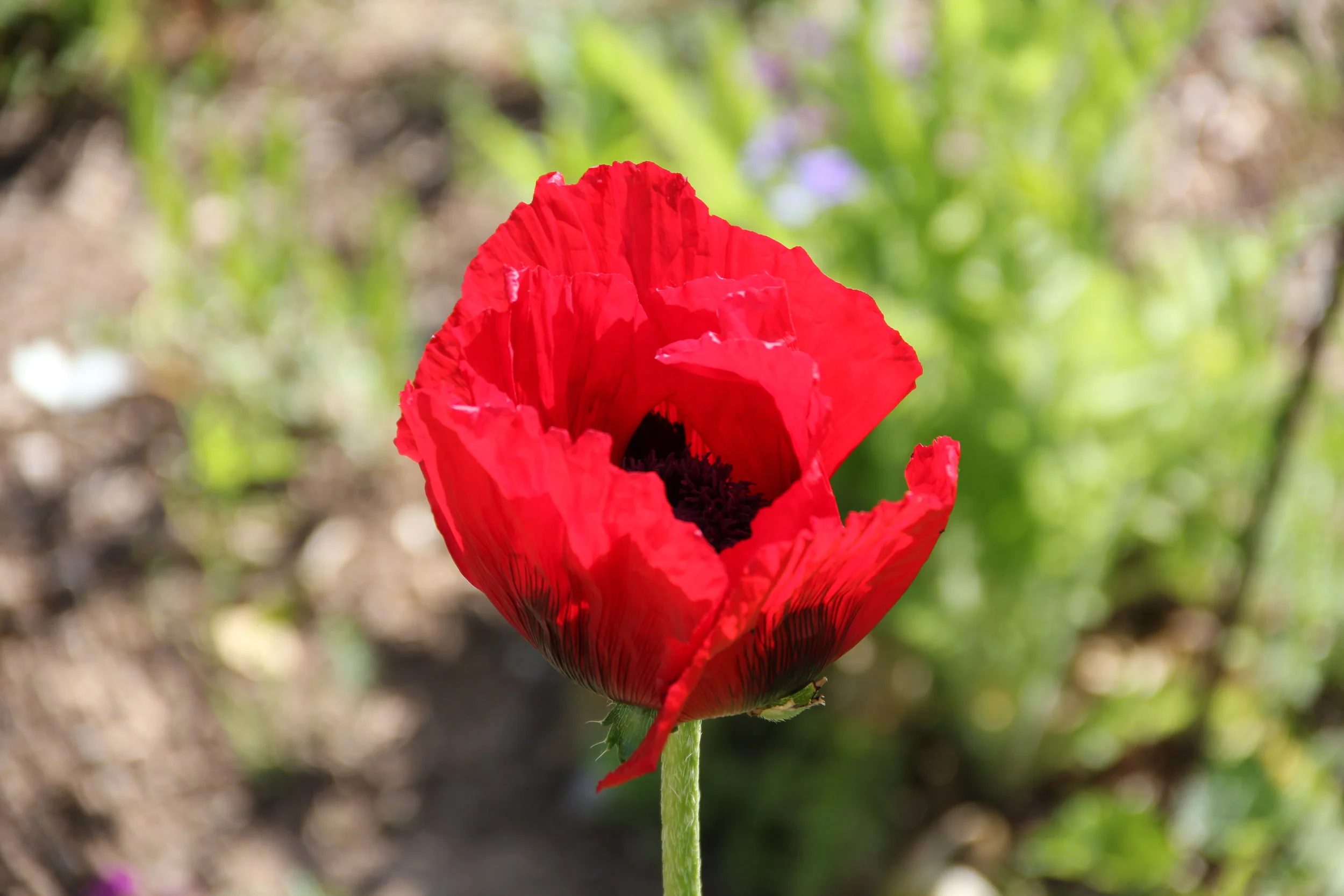Healing the Wounds of War
OSGF
One hundred years ago, on the 11th hour of the 11th day of the 11th month of 1918, an armistice was signed that marked a halt of major hostilities on Western Front of the First World War. Though it took another year for the Treaty of Versailles to bring a formal end to the war, November 11th is celebrated around the world as the end of what had been the bloodiest and most disruptive conflict humanity had ever seen.
Gardens are places of peace and reflection, and as we celebrate Veterans Day, Remembrance Day and Armistice Day, we can reflect on how plants have helped us heal in the dark times of war. Sometimes this healing is symbolic, and sometimes it is literal.
Photo credit: Flickr user Ross G. Strachan
For instance, a common symbol of Armistice Day is the red poppy, or artificial red poppies made from paper. These “remembrance poppies” commemorate soldiers killed in war, which is why their use in the U.S. is favored for Memorial day rather than Veterans Day. Still, their symbolism has roots in the First World War, having been inspired by the poem “In Flanders Fields” by Canadian Lieutenant-Colonel John McRae in 1915:
In Flanders fields the poppies blow
Between the crosses, row on row,
That mark our place; and in the sky
The larks, still bravely singing, fly
Scarce heard amid the guns below.
We are the Dead. Short days ago
We lived, felt dawn, saw sunset glow,
Loved and were loved, and now we lie
In Flanders fields.
Take up our quarrel with the foe:
To you from failing hands we throw
The torch; be yours to hold it high.
If ye break faith with us who die
We shall not sleep, though poppies grow
In Flanders fields.
Poppy as a symbol for death and rebirth makes sense. The seeds of Papaver rhoeas can lay dormant in the earth for years, blooming only when the soil is churned. When war came to the fields of Northern France and Flanders, Belgium, the landscape was devastated by the barrage of artillery and the marching of armies – and in the wake of the destruction, life returned to the fields in the form of red poppies.
You can see red poppies as a symbol on display at the Imperial War Museum in London.
But there is another plant that we owe gratitude to for healing wounds during the Great War. WWI is notorious for happening during a time when the technology of weaponry had outpaced medical technology, leading to unprecedented casualties. There was a shortage of bandages to treat the wounded, which increased the rates of infection and sepsis.
Photo Credit: Flickr user naturegirl 78
The answer to the bandage shortage came from the earth – in the form of sphagnum moss. Also called peat moss, sphagnum is twice as absorbent as cotton, able to hold 22 times its own weight in liquid. This is because ninety percent of the cells in the moss are dead, which allows the plant to thrive in the moisture of bogs.
Another quality of sphagnum moss is that its cells are very efficient at absorbing the positively charged ions of nutrients in their environment. The result is that the area around the moss becomes more acidic; whether it is a bog, or a wound that the moss has been stuffed into. Sphagnum bandages kept the pH level around wounds low, which helped prevent the growth of bacteria and inhibited infections.
The moss was remarkably effective at treating the wounds of war, and by 1918, 1 million moss bandages per month were being sent from Britain to battlefield hospitals around the world.
You can read more about the story of sphagnum moss during WWI here.
It has been a century since the end of “war to end all wars” – a moniker that has proved to be sadly untrue. We owe continuing generations of war veterans our gratitude for their role in making the world a steadily more peaceful place to live. We give our gratitude also to the plants which helped countless soldiers return home, and also the plants which help us remember those who didn’t.


